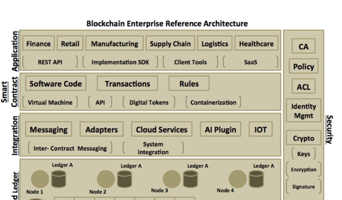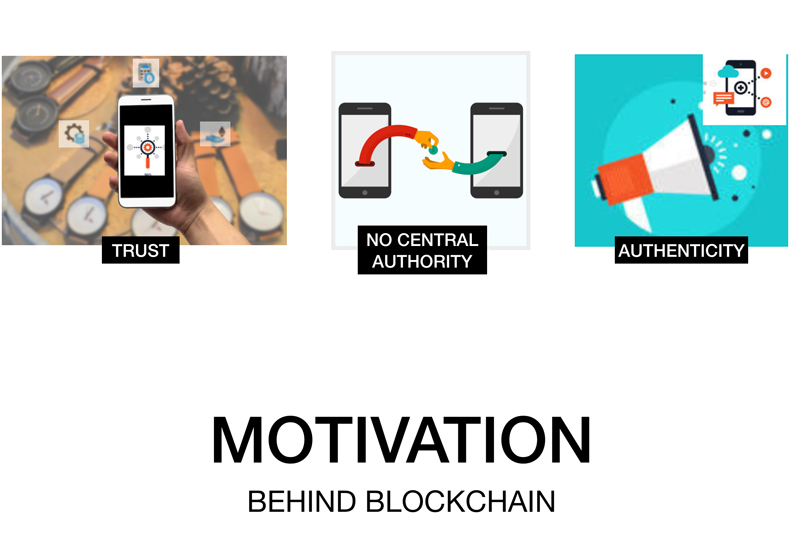In the earlier article, we have been talking about the permissionless open source Ethereum platform (available at https://ethereum.org/). Let’s refer to this as a Base Ethereum platform. The base Ethereum platform is good for public related use cases where every node can participate in a transaction. However, there are other scenarios which fall outside the public-permissionless kind of use cases and therefore may require extending the Ethereum platform.
To understand this, take the example of applying the base Ethereum platform in an enterprise use case, like a complex trade finance application, which comprises of a consortium of banks, traders, sellers, government agencies and shipment vendors. For such a use case, only authorized entity/nodes are required to work together to realize a business goal. This is an example of a permissioned blockchain, where only known nodes/entity can join the network and have the ability to commit the transactions. Now, to arrive at a consensus in a permissioned blockchain, you probably need a different consensus algorithm, where a group of nodes/entity, which is accountable, provides endorsement and consensus for that transaction. For example, a trade finance blockchain network may authorize an importer bank and a buyer as endorsers of the trade terms. It means the terms cannot be deemed legal without their digital signatures.
Another aspect of the enterprise use case is the turnaround time. The time required to propose and commit the transaction should be very fast for such enterprise-level use cases. The concept of mining and solving complex mathematical equations doesn’t make much sense for the permissioned network, as it’s a network of known entities. Each of these entities in the permissioned network has a specific role to play and collectively work towards realizing a business goal through provenance and strong policy based consensus. For the trade finance use case, the business goal could be end-to-end visibility, accountability, secured trade, digitization, document confidentiality, automation via smart contracts and time to settlement from months to day(s).
Another aspect of enterprise use case is the ledger visibility. As there are transactions flowing throughout the network, it becomes imperative that the data is visible only between interested entities part of the business network. A simple example could be for instance, discounted product rates and terms in the trade document should not be accessible to a shipment vendor. There might be further requirements from regulations and audit side. So in short, there is a need to define a private transaction channels where only members within the channel has access to the data or ledger.
There might be many specific requirements that need to be addressed for various other use cases, which would require modifications to the base Ethereum platform or the Ethereum specification. There are many implementations available, which has extended the base Ethereum platform to provide enterprise specific capability. The following are some of the extensions:
- Quorum – Quorum is an Ethereum-based distributed ledger protocol with transaction/contract privacy and new consensus mechanisms. Quorum addresses the requirements stated above by making extensions to the base Ethereum platform.
For more details, refer to https://github.com/jpmorganchase/quorum
- Hydrachain – HydraChain is an extension of the base Ethereum platform, which adds support for creating permissioned distributed ledgers through byzantine fault-tolerant consensus protocol.
- Hyperledger Burrow – Hyperledger Burrow is a permissioned Ethereum smart-contract blockchain node. For details, refer to https://github.com/hyperledger/burrow
Note – As blockchain being an ecosystem of business network, we are also seeing Alliances and Consortiums being formed for driving blockchain platform and implementations. For instance, The Enterprise Ethereum Alliance connects Fortune 500 enterprises, startups, academics, and technology vendors with Ethereum subject matter experts. We will see more alliances that will drive Ethereum platform to provide enterprise-grade capabilities for handling the most complex, highly demanding applications at the speed of business.
In the next section, we will talk about some of the current challenges in Ethereum platform


